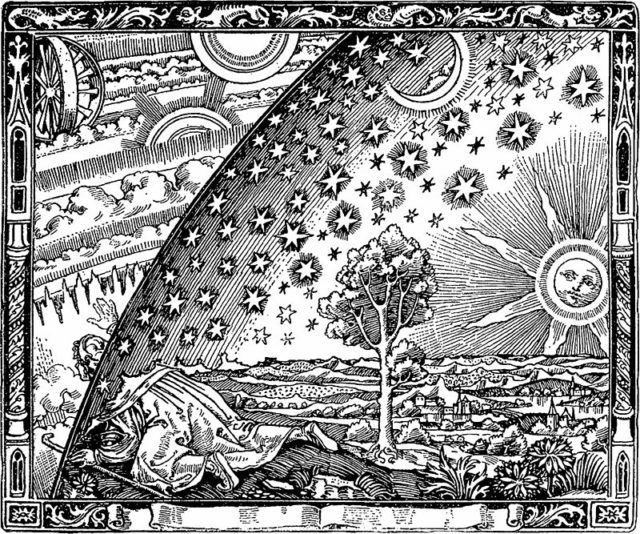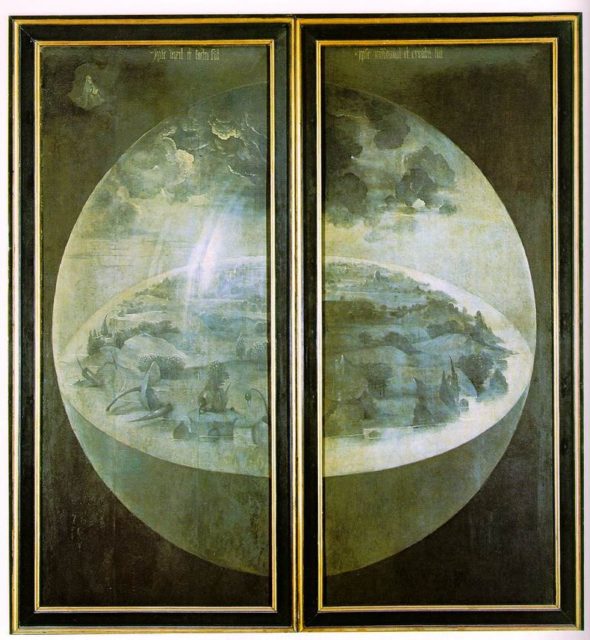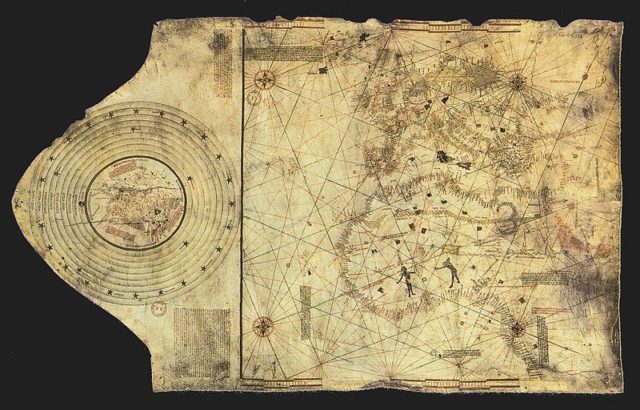It is a common misconception that during the Middle Ages people believed that the Earth was flat. Such cosmological beliefs were perhaps popular among peasants and uneducated folk, but the scholars of the time were well aware of Earth’s spherical shape.
The fact that the Earth is round has been widely accepted by the intellectuals of the Western world since the period of Ancient Greece. The first person who proved this was Erasthotenes of Cyrene, a philosopher, and mathematician who lived in the 3rd century BC. Erasthostenes was the chief librarian at the Library of Alexandria, and he was the first person to calculate the circumference of the Earth.


The misconception, often called the “Myth of the Flat Earth,” was popularized in the late 19th century through the ideological dispute of Creationists and Evolutionists. It was most likely an insult coined by the Evolutionist to mock the traditional attitude of fellow scientists who refused to accept the principle of evolution.
Another factor that spread the Myth of the Flat Earth was the depiction of Earth in medieval art. Namely, many famous painters depicted our planet as a stylized spherical disc. One of them was Hyeronimus Bosch, who painted a spherical Earth in the center of vast space on the exterior side of his famous Garden of Earthly Delights.

The “Myth of the Flat Earth” is a common part of the which stories involve the travels of Cristopher Columbus. The popular belief is that Columbus had struggled to obtain support for his expeditions to India because all scholars and noblemen of the time were certain that the Earth is flat. In fact, many aristocrats refused to fund Columbus because they were aware of the length of the Earth’s circumference. They also thought that the West Indies were too far for anyone to reach with the technology of the time.
By calculating the Earth’s circumference, Christopher Columbus used historical estimates made by the Ancient Greek mathematician named Ptolemy. While consulting Ptolemy’s writings, Columbus failed to notice that the calculations were made using the Arabic mile (approximately 2 kilometers), and thus, he used the Italian mile (1852) which was shorter.

As a result, Columbus made a miscalculation and concluded that the circumference of the Earth was about 25% smaller than it is.
If noblemen of the time were aware of that miscalculation, hardly anyone would offer to finance his expensive voyages.
